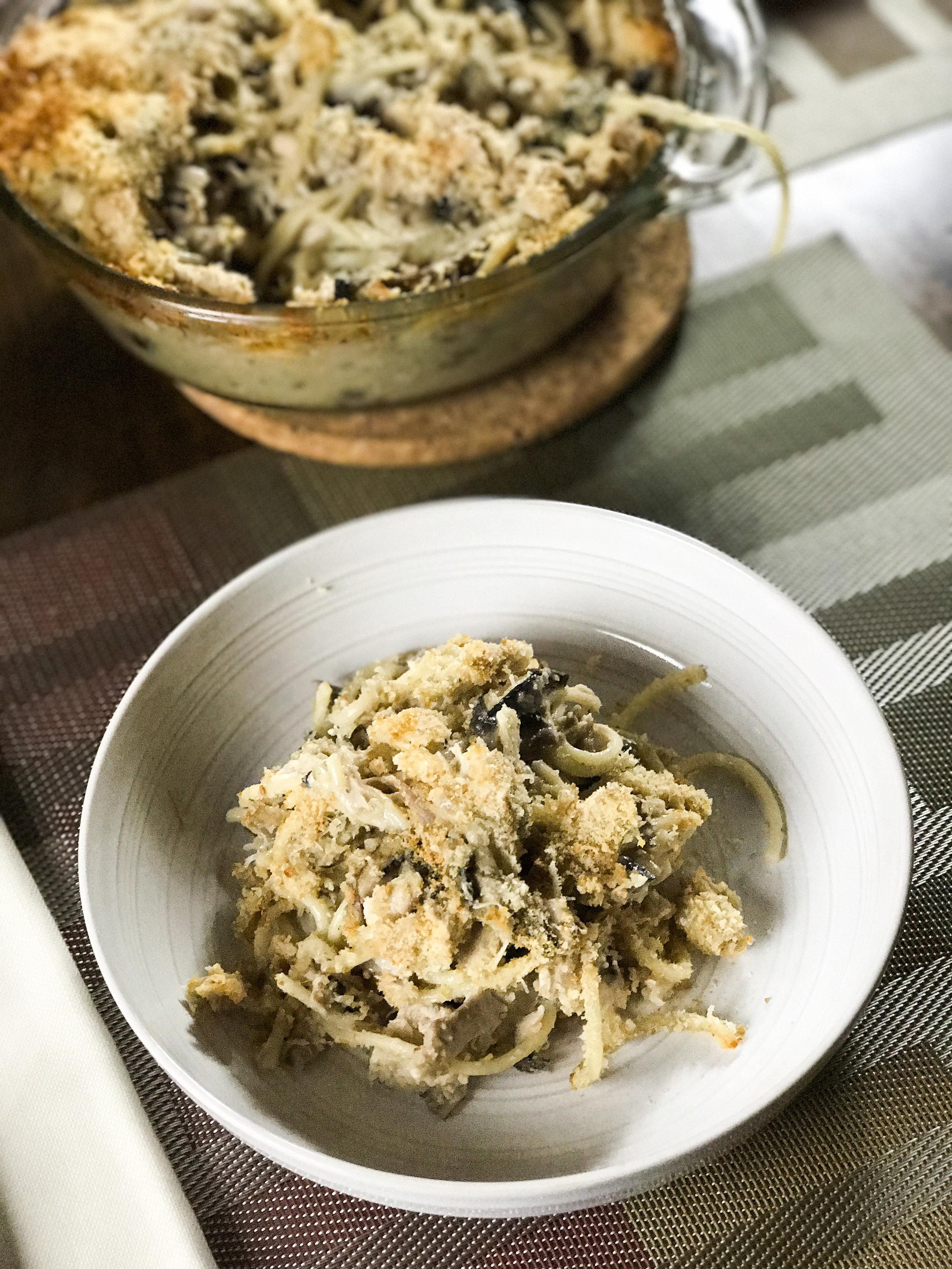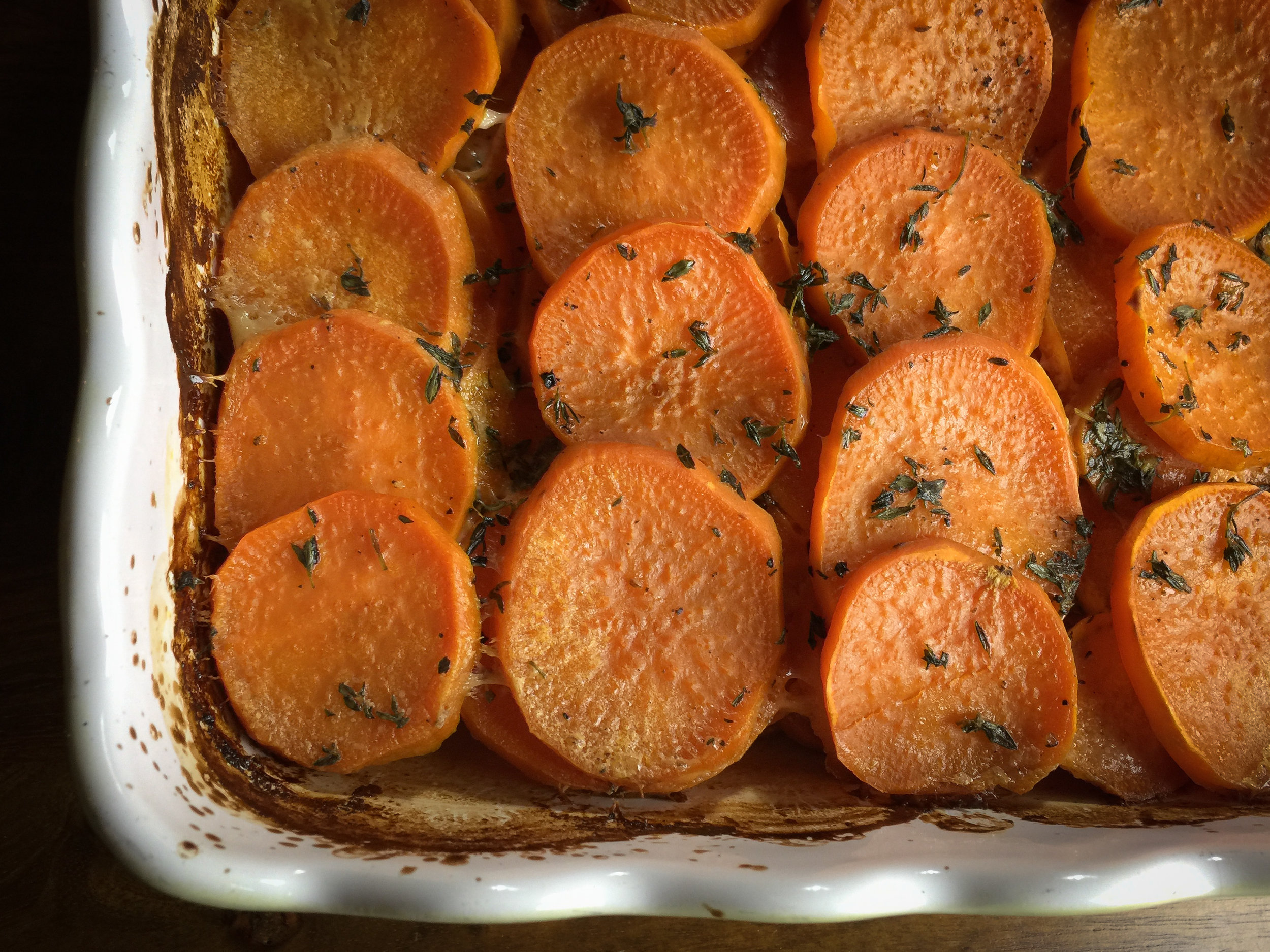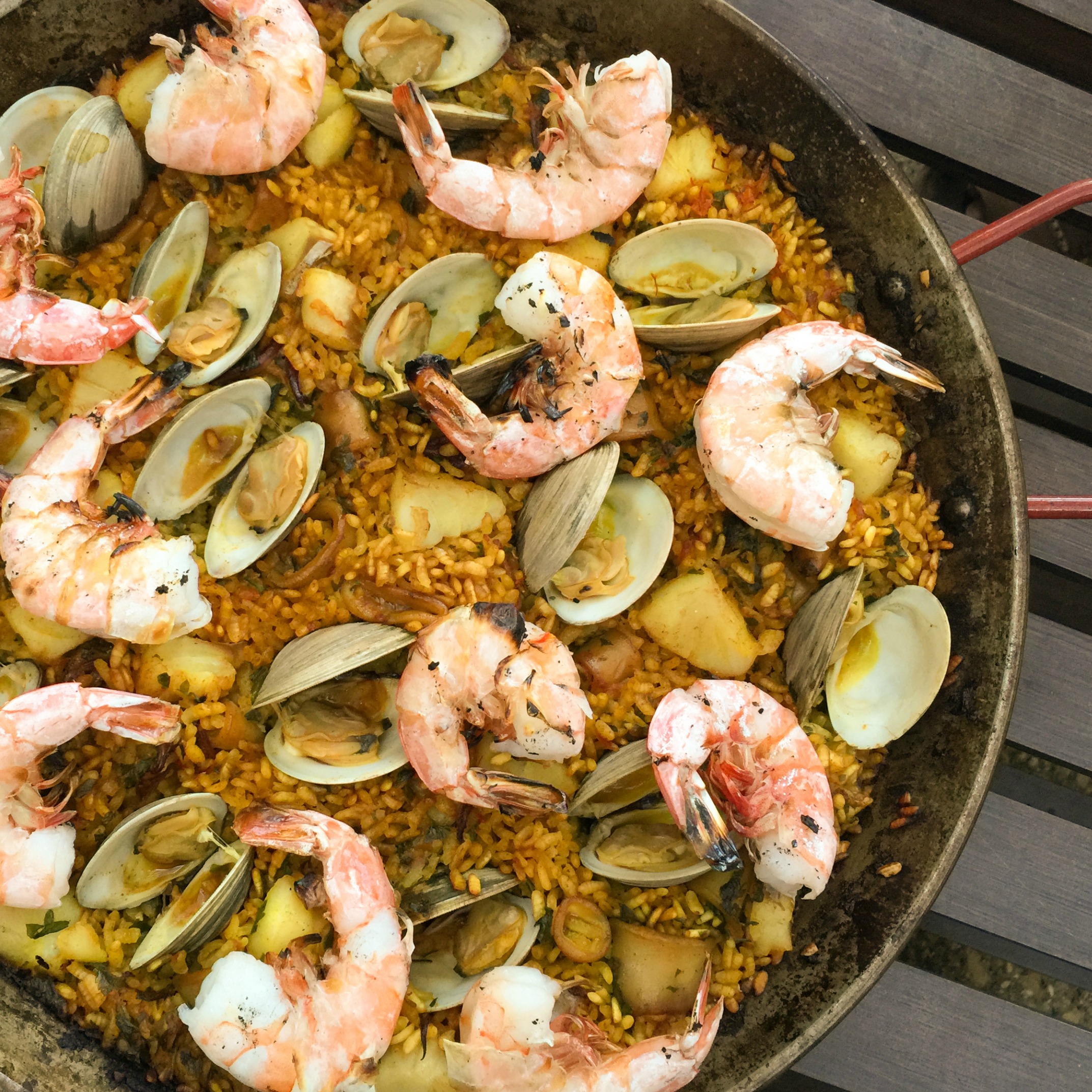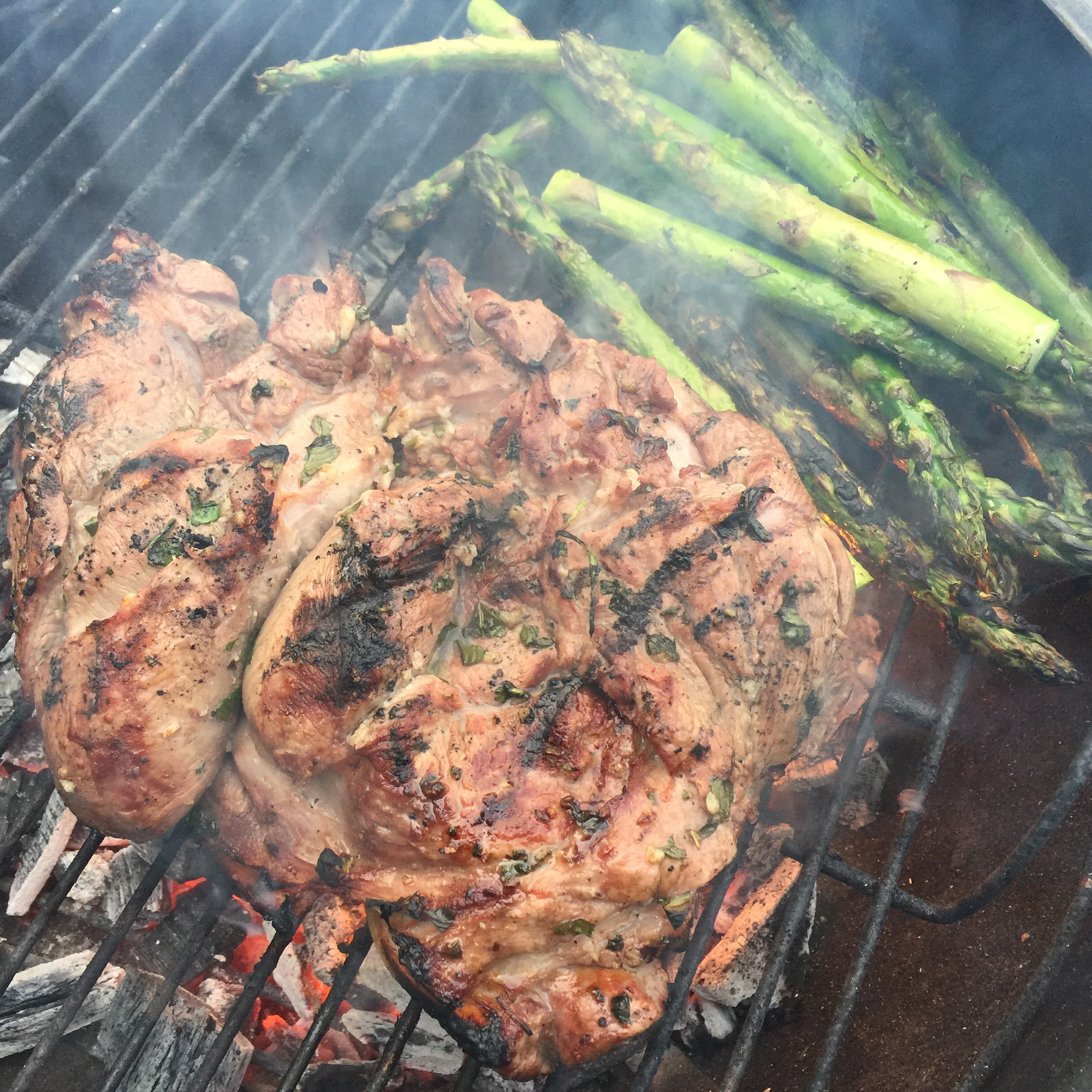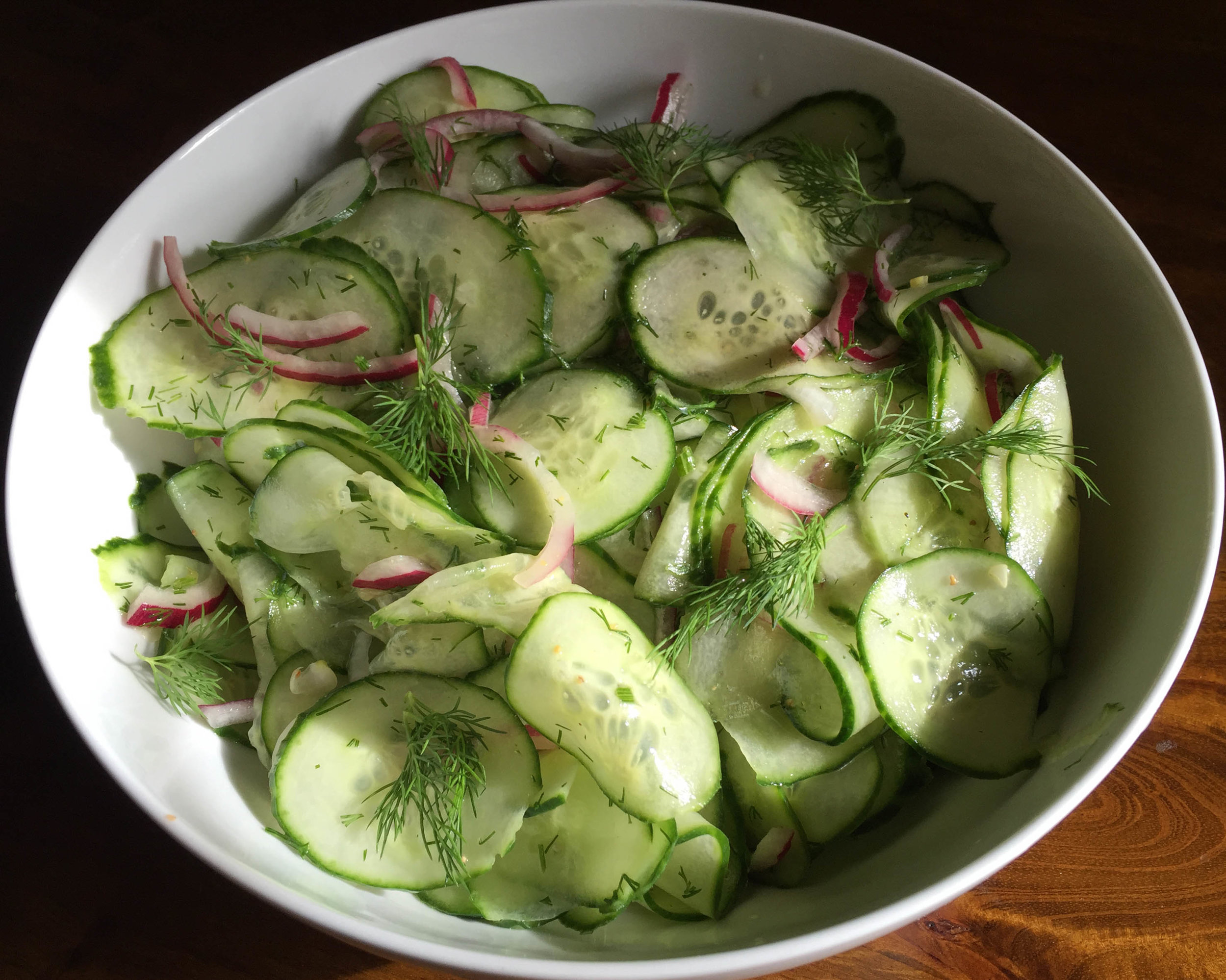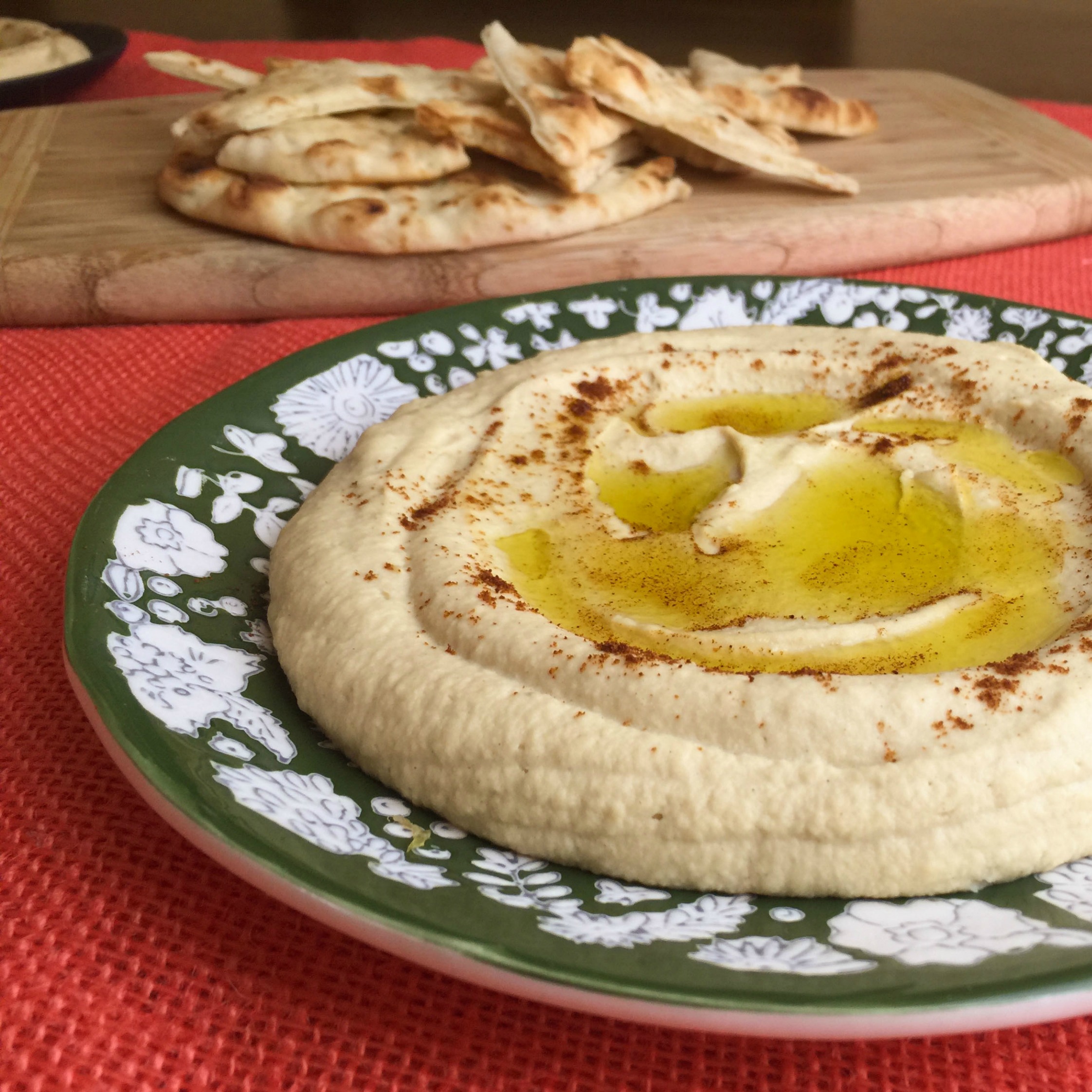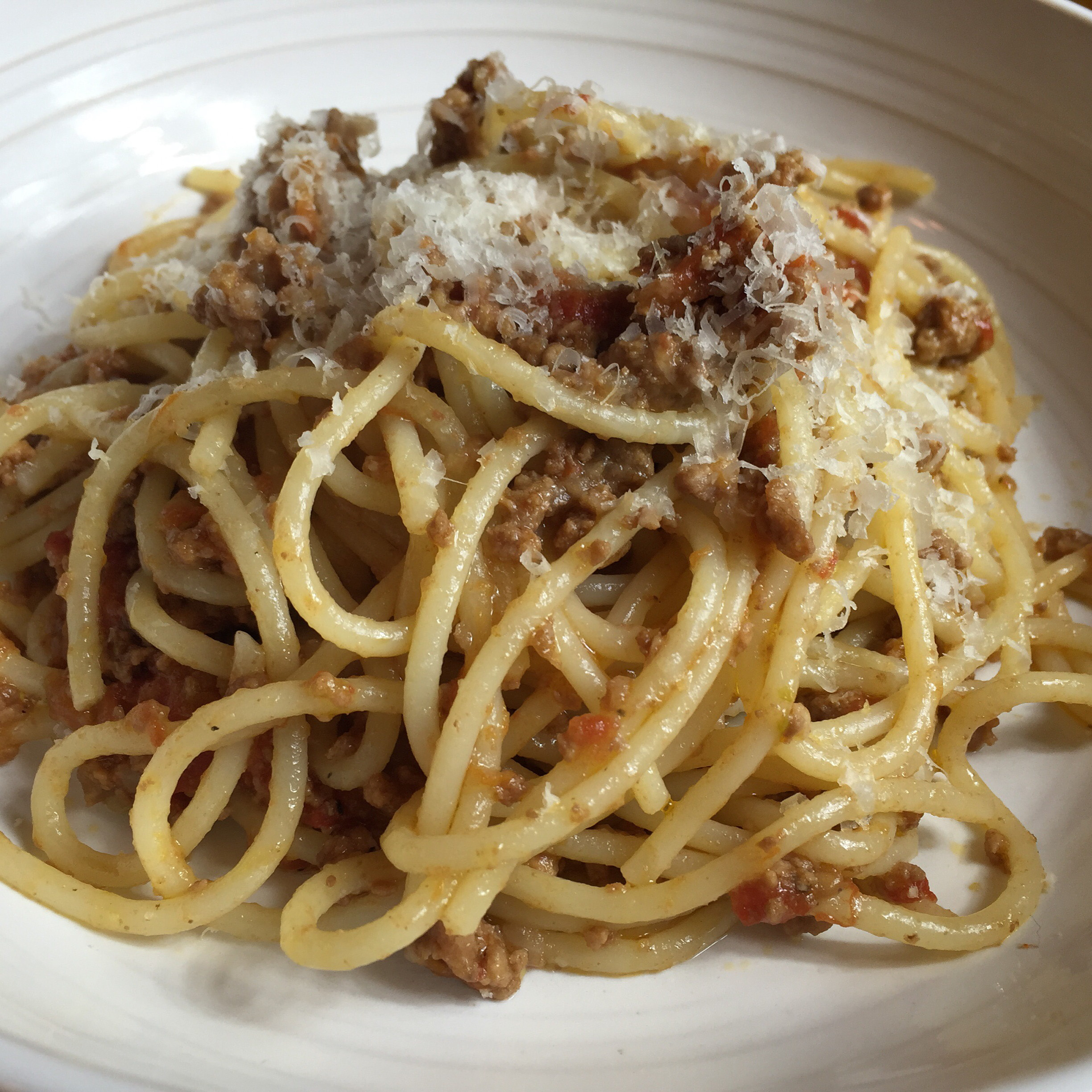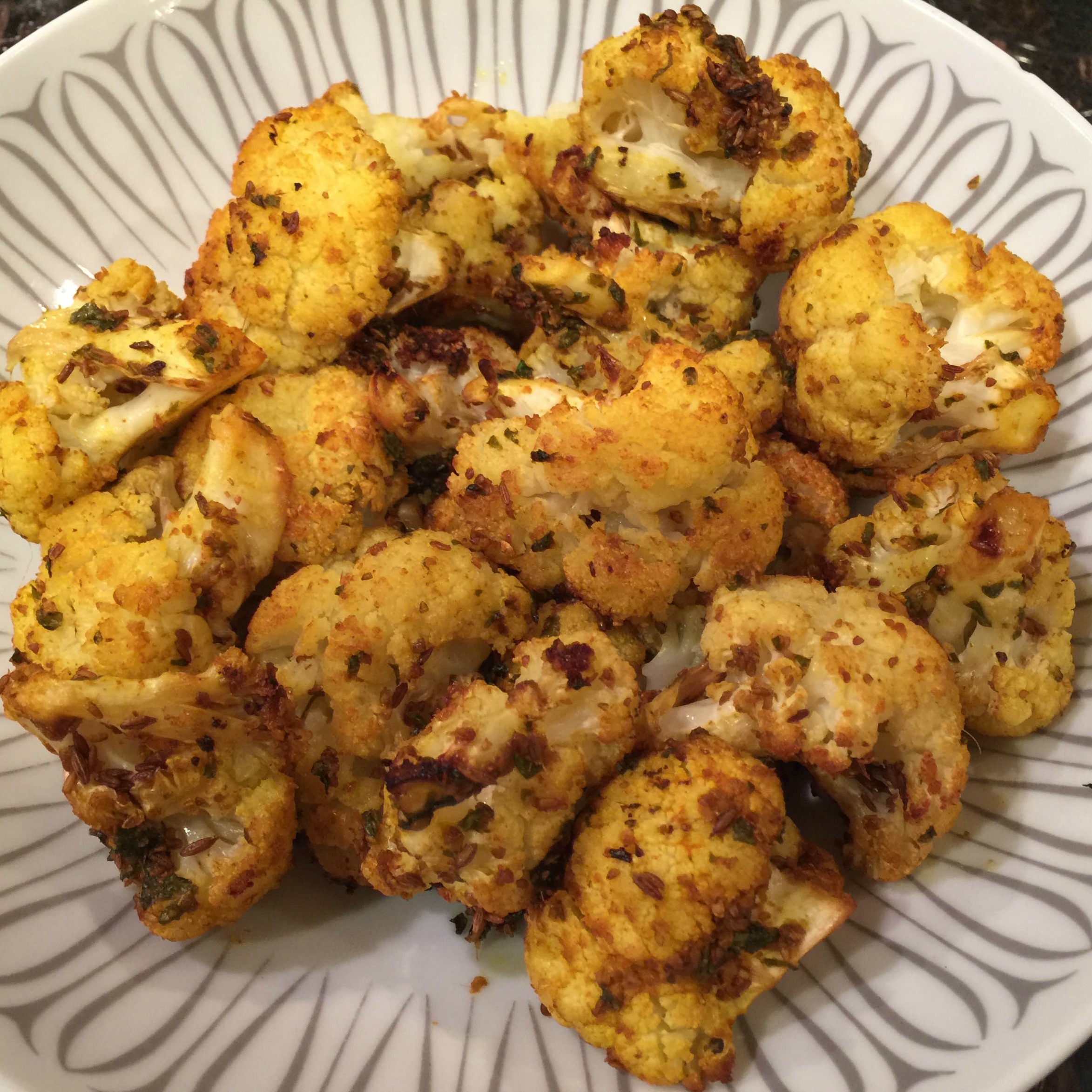You've had your fun with the turkey. Now you want the tetrazzini.
What? Never made it or even tasted it? If you love mac and cheese, this is for you – it has that some kind of old-fashioned comfort-food creamy, luscious appeal.
In fact, I always make a bigger bird than I think I'll need for Thanksgiving so I'm sure to have four cups or so of leftover turkey meat after everyone has had their fill of next-day bone-gnawing.
It's pretty simple to achieve. Boil up half a box of spaghetti. Sauté some mushrooms. Make a white sauce by sprinkling flour on the mushrooms, cooking till the flour loses its raw taste, whisking in chicken broth and milk (or a combo of milk and half-and-half, if you want it richer, or even all half-and-half), then cooking till it's thick and creamy. Stir in chopped turkey, the spaghetti, grated Parmesan cheese and seasoning and turn it into a buttered baking dish. Top with Parmesan-enriched bread crumbs and bake till the top is golden-brown.
Then serve it up. Underneath that golden-brown, crunchy top it's rich, creamy and savory: old-fashioned comfort food at its best.
Preceded by a simple green salad and joined by a glass of full-bodied white wine, it's the perfect post-Thanksgiving dinner.

